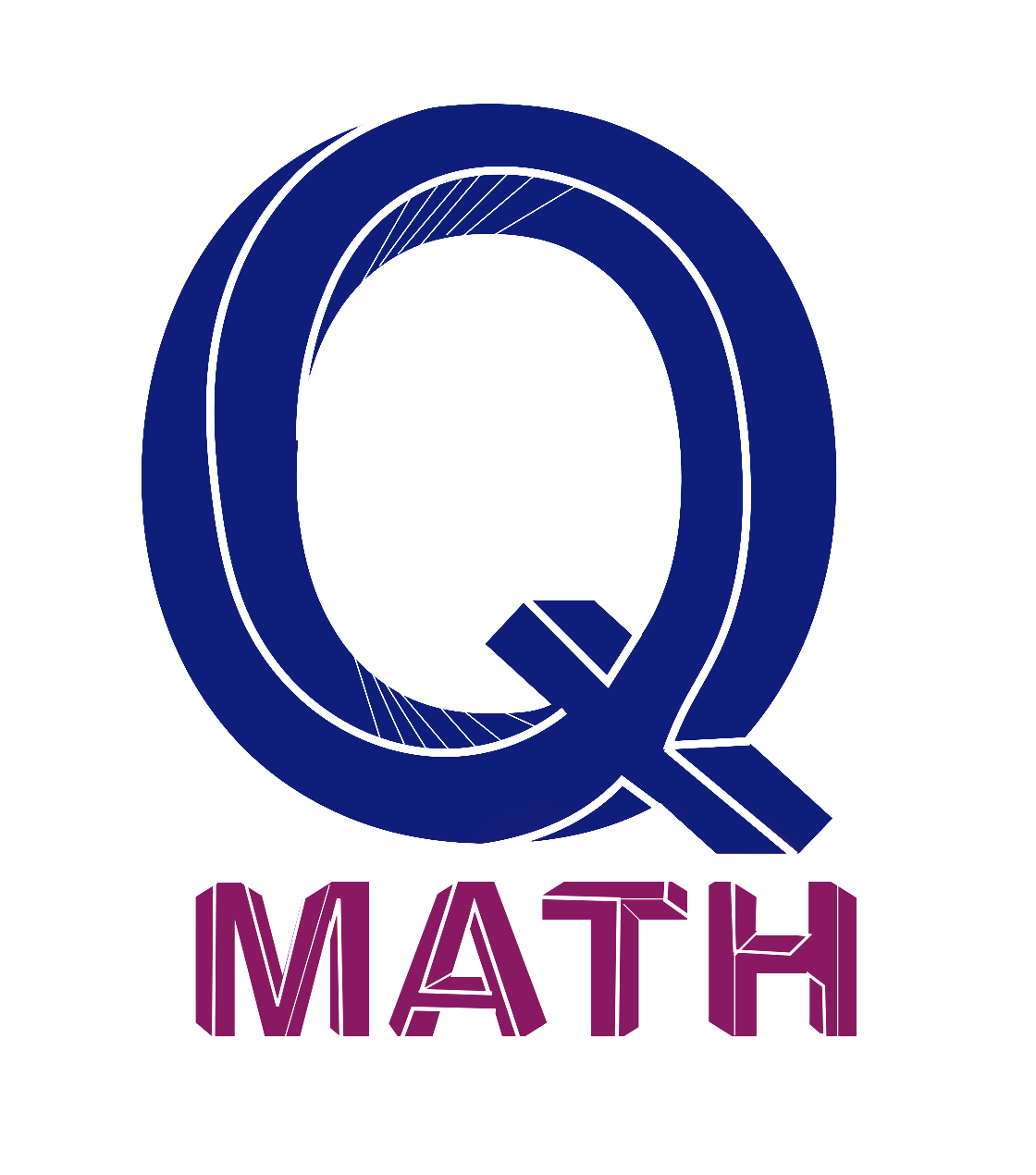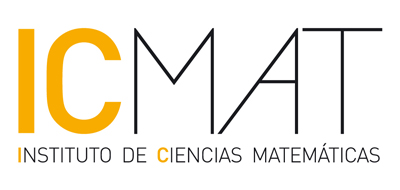Q-Math Seminar

María Barbero (UPM)
Geometric integrators of mechanical systems by lifting retraction maps
Monday the 10th of May, 2021, 12:30, Online Seminar: https://eu.bbcollab.com/guest/6da3b2acc1ad40b4b9588ce14d4f5c0e
The notion of retraction map is used in many research fields such as approximation of trajectories of differential equations, optimization theory, interpolation theory etc. In this talk we will review the concept of retraction map in differentiable manifolds to generalize it to obtain an extended retraction map from the tangent bundle of the configuration manifold to two copies of this manifold. We show this construction includes well-known numerical methods. The property of being a retraction map is preserved when suitably lifting it to the tangent and cotangent bundle. We will show that some lifts of retraction maps define symplectic geometric integrators for mechanical systems. This is a joint work with David Martín de Diego.
Video Recording
Fabio Di Cosmo (UC3M)
Schwinger’s Picture of Quantum Mechanics: 2-groupoids and symmetries
Monday the 19th of April, 2021, 12:30, Online Seminar: https://eu.bbcollab.com/guest/6da3b2acc1ad40b4b9588ce14d4f5c0e
Starting from the groupoid approach to Schwinger´s picture of Quantum Mechanics, in this talk I will discuss how to describe symmetries in this framework. I will show that, given a groupoid $G$ associated with a (quantum) system, there are two possible descriptions of its symmetries, one 'microscopic', the other one 'global'. The microscopic point of view leads to the introduction of an additional layer over the grupoid $G$, giving rise to a suitable algebraic structure of 2-groupoid. On the other hand, taking advantage of the notion of group of bisections of a given groupoid, the global perspective allows to construct a group of symmetries out of a 2-groupoid. I will conclude the talk by providing an analog of Wigner’s theorem for quantum symmetries in the groupoid approach to Quantum Mechanics.
Video Recording
Alberto Ibort (UC3M & ICMAT)
Dirac-Feynman states on groupoids
Monday the 22nd of March, 2021, 12:30, Online Seminar: https://eu.bbcollab.com/guest/6da3b2acc1ad40b4b9588ce14d4f5c0e
The recently developed groupoidal description of Quantum Mechanics, that abstracts ideas originally proposed by J. Schwinger, provides not only a powerful conceptual framework for the standard description of Quantum Mechanics but new answers to old questions. In this talk we will address the role of the Lagrangian in quantum theories as a result of the study of a new family of states, called Dirac-Feynman states, that capture some of the most significant aspects of Dirac and Feynman ideas in this regard.
Video Recording
Fernando Lledó (UC3M & ICMAT)
Commutation relations and traces
Monday the 8th of March, 2021, 12:30, Online Seminar: https://eu.bbcollab.com/guest/6da3b2acc1ad40b4b9588ce14d4f5c0e
Canonical commutation relations are one of the fundamental tools to describe kinematics of quantum systems. These relations can be encoded to the C*-algebra framework in different ways. The Weyl algebra (due to Weyl and von Neumann) is generated by exponentials of the fields satisfying the relations or, more recently, the resolvent algebra (due to Buchholz and Grundling) which is generated by the resolvents of the fields. We will analyze these algebras in relation to the existence of certain kinds of traces and focusing on 'amenable' approximations by means of finite structures.
Video Recording
Diego Martínez (UC3M & ICMAT)
PRELECTURA DE TESIS. Amenability and coarse geometry of (inverse) semigroups and $C^*$-algebras
Monday the 22nd of February, 2021, 12:30, Online Seminar: https://eu.bbcollab.com/guest/6da3b2acc1ad40b4b9588ce14d4f5c0e
PRELECTURA DE TESIS. In the talk we shall review the main results of the thesis, which studies different algebraic and geometric notions in inverse semigroup theory, and how these relate with notions in $C^*$-theory. In particular, we divide the classical amenability notion for semigroups by Day into two different notions, and prove that one of them characterizes the existence of traces in a related $C^*$-algebra. Moreover, we also characterize these measures in a Foelner-like way, by equiping the semigroup with a proper and right invariant metric. Note, however, that the resulting metric space can (and will) have points that are at infinite distance, which is in stark contrast to the group case scenario. Lastly, following this approach, we also generalize a well known result of Ozawa for discrete groups, and characterize when the inverse semigroup has property A by means of the nuclearity of the $C^*$-algebra mentioned earlier.
Video Recording
Julio de Vicente (UC3M)
Quantifying the lack of structure of matrices: how non-positive-semidefinite is a given Hermitian matrix?
Wednesday the 20th of January, 2021, 12:30, Online Seminar: https://eu.bbcollab.com/guest/6da3b2acc1ad40b4b9588ce14d4f5c0e
Uhlmann showed that there exists a positive, unital and trace-preserving map transforming a Hermitian matrix A into another B if and only if the vector of eigenvalues of A majorizes that of B. In this work I characterize the existence of such a transformation when one of the conditions of unitality or trace preservation is dropped. This induces two possible preorders in the set of Hermitian matrices and, inspired by quantum resource theories in quantum information, I argue how this can be used to construct measures quantifying the lack of positive semidefiniteness of any given Hermitian matrix. It turns out that the measures in each of the two formalisms are essentially unique.
Video Recording
Juan Manuel Pérez Pardo (UC3M & ICMAT)
Representation of unbounded quadratic forms and orthogonal additivity
Tuesday the 12th of January, 2021, 12:30, Online Seminar: https://eu.bbcollab.com/guest/6da3b2acc1ad40b4b9588ce14d4f5c0e
Representation theorems are useful tools in characterising and dealing with the mathematical objects they are related with. One famous example is the spectral theorem for (unbounded) self-adjoint operators, that allows to work with operators on a Hilbert space as if they were multiplication operators on a space of square integrable functions.
We will consider the case of Hermitean quadratic forms, which are bilinear functions on Hilbert spaces and that constitute another example of maps on a Hilbert space that admit a representation theorem. These representation theorems usually come with an important drawback, the quadratic form needs to be semibounded. There are many important examples where this condition is not met and therefore alternative representation theorems are needed.
We will provide a representation theorem for non-semibounded Hermitean quadratic forms based on a decomposition of direct integral of the Hilbert space and the notion of orthogonal additivity. We will introduce the main ideas in a constructive way and provide meaningful examples.
Video Recording
Patricia Contreras Tejada (UCM & ICMAT)
Genuine multipartite nonlocality is intrinsic to quantum networks
Monday the 23rd of November, 2020, 12:30, Online Seminar
Quantum entanglement is a relation between two or more particles that is necessary to achieve nonlocal probability distributions. In turn, these distributions make it possible to process information more efficiently, and this is the base of quantum technologies. But entanglement is not sufficient for nonlocality in the standard Bell scenario. The multipartite setting has a richer structure than the bipartite one, as different forms of entanglement and nonlocality can be identified. We focus on genuine multipartite nonlocality and derive sufficient conditions to achieve it using quantum networks. We find that any network where the parties are connected by bipartite pure entangled states is genuine multipartite nonlocal, independently of the amount of entanglement in the shared states and of the topology of the network. As an application of this result, we also show that all pure genuine multipartite entangled states are genuine multipartite nonlocal in the sense that measurements can be found on finitely many copies of any genuine multipartite entangled state to yield a genuine multipartite nonlocal behaviour. Our results pave the way towards feasible manners of generating genuine multipartite nonlocality using any connected network.

